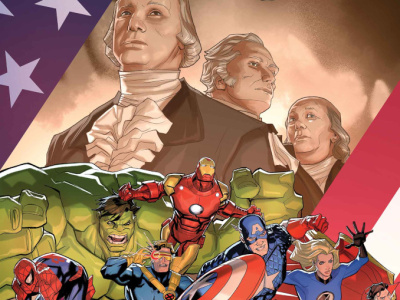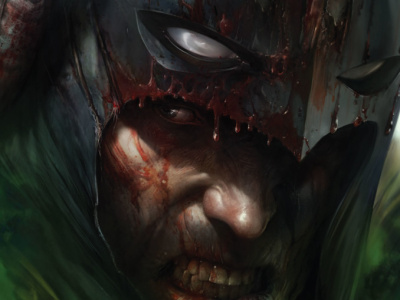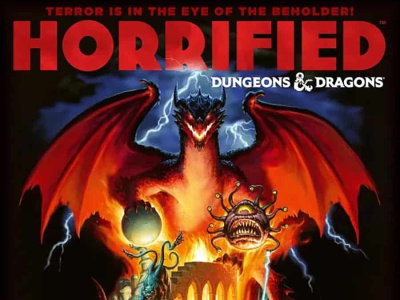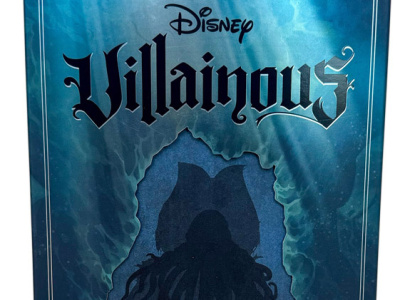The British Comic Book Invasion: Alan Moore, Warren Ellis, Grant Morrison and the Evolution of the American Style TP
Publisher: McFarland
Release Date: December 2018
Price: $39.95
Author: Jochen Ecke
Format: 281 pgs., Trade Paperback
ISBN: 978-1-4766-7415-5
ICv2 Rating: 3 Stars out of 5
Scholarly assessment of comics has come a long way in the past fifteen years. With the specialty focuses of certain university presses and the move by some academic publishers such as McFarland to diversify their popular culture studies with analysis of comics and the comic industry, the field has been ripe for professional critiques of the medium beyond the often turgid, lazy publisher histories or insider monographs distributed by the Big Two publishers themselves. Unfortunately, while The British Comic Book Invasion makes some wonderful assertions about the migration of British comic artists, it largely fails to live up to its lofty title.
Written primarily for scholars and academics, The British Comic Book Invasion has a limited audience due in large part to its reliance upon critical theory and literary analysis. Large sections of the book are devoted to such criticism which fail to connect textual analysis of either the script or the images, and how the blend of text and imagery denotes a graphic response among readers. In fact, most of the British comic invasion is literary, giving little to no agency to the artists who collaborated with the writers. Trying to identify a distinctly British style with no attention to the artists is a major flaw in this book.
Furthermore, while Ecke does a sound job in examining the British industry of the 1970s and 1980s, a similar examination of the American industry is lacking. If there is a distinctly British comic style, how did it differ from the American and why? It cannot simply be a reliance on war and dystopian science fiction titles versus a largely superhero genre in the United States. The titular focus on Moore here is both a strength and a weakness as Ecke fails to examine his American counterparts at the same time. What made Moore so attractive to US publishers versus domestic writers and artists? Additionally, Moore is only assessed in his work on Swamp Thing and Watchmen, with no examination of his handling of superheroes such as Superman. If there is an evolving and influential British style, then tracing it through Moore’s career instead of on his introductory books would have reinforced Ecke’s central thesis.
Lastly, Warren Ellis and Grant Morrison feel tacked on and are not given the same level of critique that Moore receives. While Moore may have been the initiator of the British invasion and therefore deserves greater examination, only looking at Ellis’ Planetary and Morrison’s Flex Mentallo does a major disservice to their earlier works—Planetary receives a mere fourteen pages while Flex Mentallo receives only ten. Also, Ecke throws in Garth Ennis and Steve Dillon’s Preacher in this section which seems out of place given the title of the book.
For the serious comics scholar, The British Comic Book Invasion will raise some intriguing points about the traditional invasion narrative. Additionally, the examination of the 1970s and 1980s British industry is a fine synthesis of secondary sources. Finally, the critique of Moore’s Swamp Thing and Watchmen are welcome new assessments of these classics. However, for both average readers and those wanting a deeper analysis of these authors (and particularly the artists who shaped their narratives), they will have to look elsewhere.
--Nathan Wilson
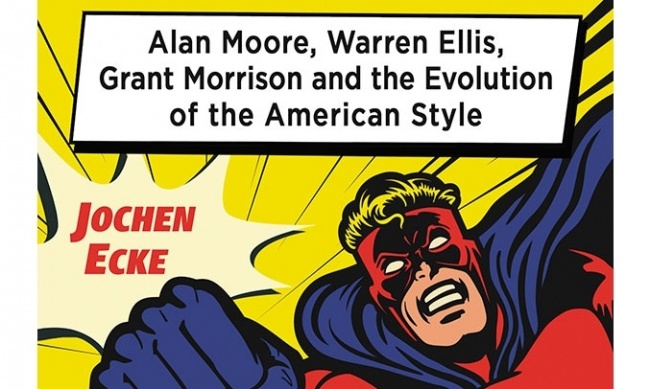
ICv2 Stars: 3 (out of 5)
Posted by Nathan Wilson on January 25, 2019 @ 7:46 pm CT
MORE COMICS
From Marvel Comics
August 11, 2025
This November, Captain America, Spider-Man and more travel back to the American Revolution in 1776, a five-issue limited series by J. Michael Straczynski, Ron Lim and Sean Damien Hill.
From Dynamite Entertainment
August 8, 2025
Here's a preview of Space Ghost #1, published by Dynamite Entertainment.
MORE REVIEWS
ICv2 Stars: 3.5 (out of 5)
July 30, 2025
Here is a review of Ravensburger's Horrified: Dungeons & Dragons.
ICv2 Stars: 3.5 (out of 5)
July 24, 2025
Check out the review of Disney Villainous: Treacherous Tides, from Ravensburger.




